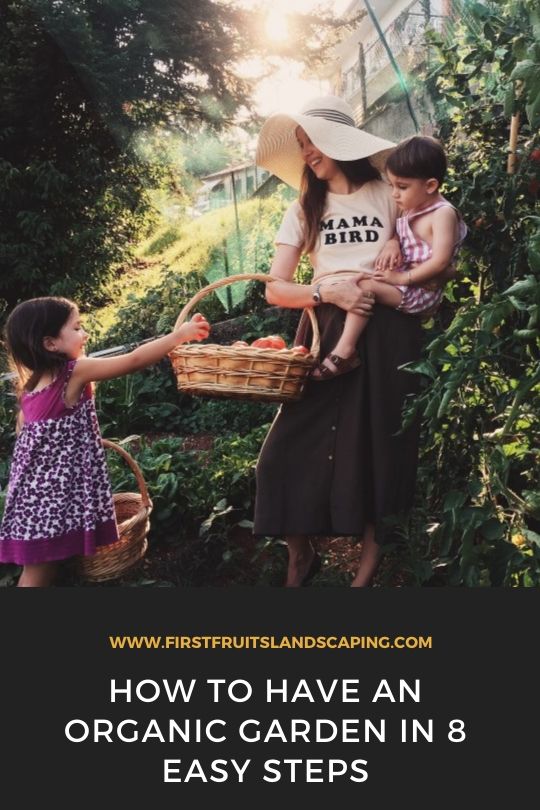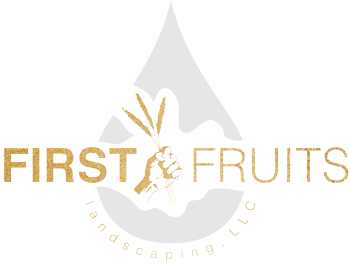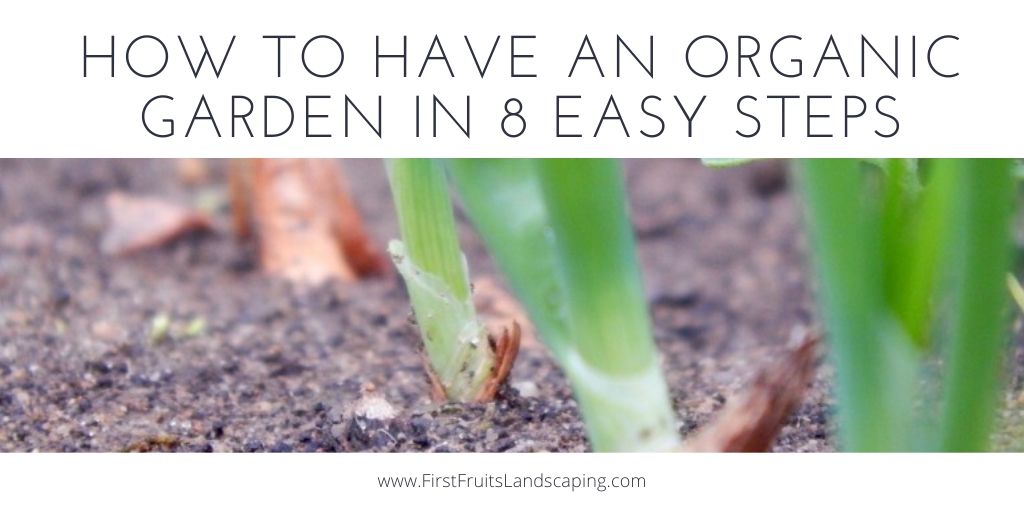You probably know that the amount of pesticides and insecticides that are on grocery store produce is not healthy for us so you might be considering growing your own vegetables and fruits, or just have a backyard garden of flowers sets not covered in chemicals. If you don’t know where to start with an organic garden, here are eight easy steps to a thriving organic garden whether it’s just flowers or nourishment for you and your family.
Organic gardening means you don’t need to use chemical or synthetic fertilizers or pesticides but it also doesn’t mean that your plants have to defend these things by themselves. There are all of homemade products and remedies that you can make yourself with organic or non-artificial ingredients you may have in your house.
Plan and prep.
If you are starting from scratch you want to gather some supplies and equipment to start your garden. This could include clippers, a soil test kit, compost bin, breathable garden gloves, garden tools, and a watering can.
Choose the site.
You want to choose a site in your yard that has good natural light. A backyard organic garden should have about 6 to 8 hours of sunlight each day. If you don’t have a lot of space you can use a sunny spot for a container garden on a deck, patio, or even doorsteps.
Prepare the soil.
In order to get the best results with your organic garden you want to make sure that the soil is properly conditioned. Healthy soil builds up strong, productive plants so start by getting it tested with a home testing kit. You can get a complete breakdown of pH and nutrient levels by actually sending that sample to your local agricultural extension office but simple tests may give you a quicker idea from the test alone. You want to make sure that your soil has plenty of humus and a good mix of compost, leaves, grass, clippings, and organic manure. The manure should be composted if you’re planning on eating the vegetables out of the garden that year.
Choose the best plants.
You want to start with strong, vibrant, young plants or sprout your seeds either starting inside and moving them outside depending on the time of year or simply sewing them right into the soil. It helps to select plants that will thrive in your specific micro conditions. The USDA has hardiness zones so choose plants that will adjust well to your moisture, drainage, and soil quality. The happier your plants are the more resistance they’ll be to pests.
Watering well.
The best time to water plants is in the morning. Mornings tend to be cooler with less winds and will dry out throughout the day. Watering plants at night means that they will stay damp overnight potentially causing fungal and bacterial diseases. Water the roots, not the greenery which can be easily damaged. A soaking system or soaker hose can work well in this case.
Weeding.
Here comes the hard part… You will have to weed probably by hands. You can reduce the number of weeds you have by applying mulch which can also protect the soil. Fertil-Mulch is my favorite and is a wonderful mix of compostable materials that plants just love.
Protecting the plants.
Here comes the organic part. If your garden is being assaulted by insects, it could be a sign of other problems. You want to make sure that your plants are getting enough light, moisture, and nutrients. Consider fostering natural predators to these insects such as frogs, toads, birds, bats, and ladybugs. Plants with small blossoms such as sweet alyssum and dill actually attract predatory insects. Hot pepper sprays, insecticidal soaps, garlic, and essential oils can also help deter caterpillars and leaf eaters.
Enjoy.
The more you harvest, the more the plants will typically produce. During peak season, check your garden every day for fresh herbs, vegetables, and root vegetables. When harvesting leafy greens, pick sporadically. For broccoli and cauliflower, wait until the central head is as large as it will get and cut it off right below the leaf node and then the rest of the plant can produce more. Make sure you use a sharp knife or scissors as twisting with your fingers can cause more damage to the plant.
Bonus: 7 natural and homemade insecticides:
Oil spray – a simple mix of vegetable oil and mild soap can work wonders on aphids, mites, and thrips. Mix 1 cup of vegetable oil with 1 tablespoon of soak, shake thoroughly, and add to a spray bottle.
Soap spray – mix 1/2 teaspoons of mild liquid soap to one quarter of water and spray directly on the infected surfaces.
Neem Oil – neem oil is biodegradable and non-toxic to pets, birds, fish, and wildlife and is a natural fungicide that can combat powder mildew.
Diatomaceous earth – diatomaceous earth has a number of great uses and acts as a natural insecticide. It won’t poison or smother the insects but is abrasive and will absorb the lipids from insects exoskeleton perfect for anything that has a shell such as ants and mites.
Garlic – take two whole garlic bulbs and purée in a blender with a small amount of water. Let sit overnight and strain it into a jar adding 1/2 a cup of vegetable oil, 1 teaspoon of mild liquid soap, and then enough water to fill it up.
Chili pepper – similar to the garlic spray, mix 1 tablespoon of chili powder with 1 quart of water and several drops of mild liquid soap. Spray directly unaffected plants.
Tomato leaves – tomato plants are part of the nightshade family and they contain alkaloids that can control aphids and other insects. Chop up 2 cups of fresh tomato leaves into 1 quart of water and steep overnight. Strain out the plant material and spray directly onto plant foliage.
For more information on organic gardening or to have us do all of this for you, give us a call today for a quote.

